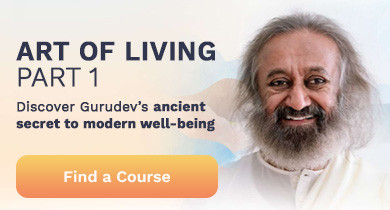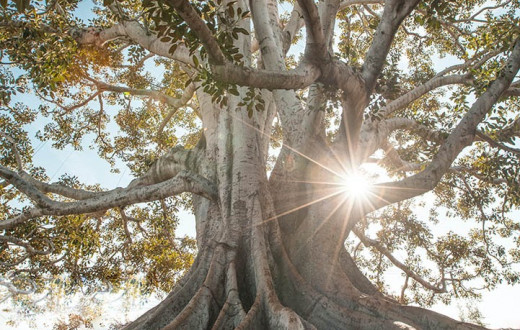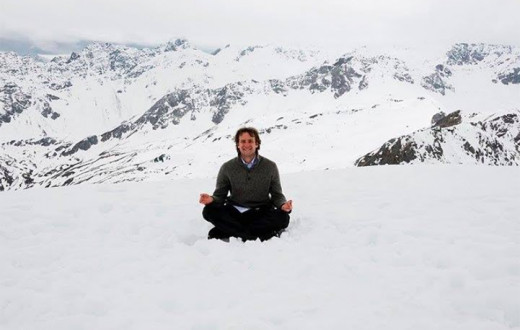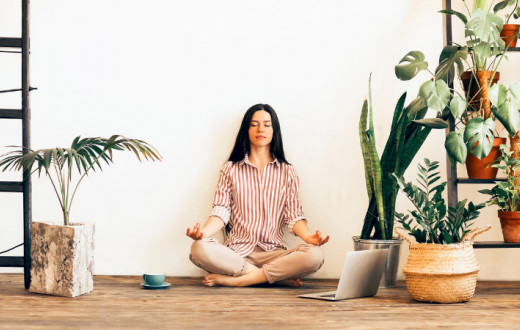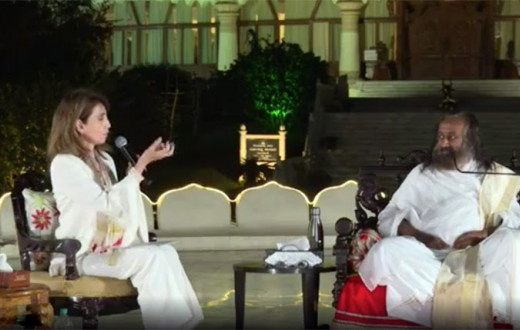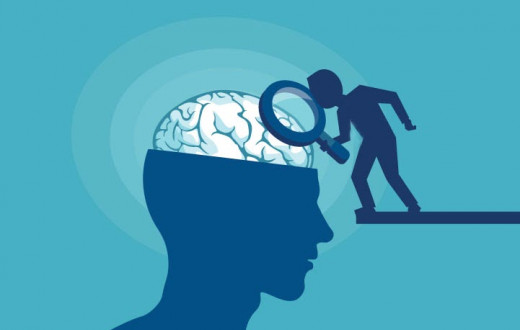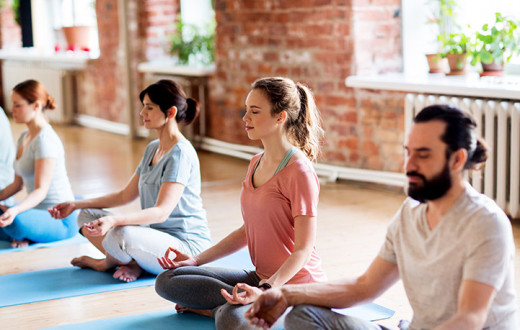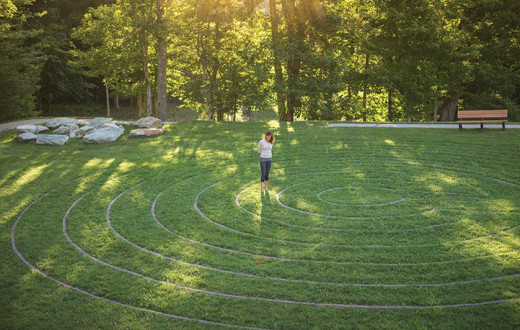Posted: February 20, 2018
An Insightful Conversation Between A Meditation Teacher and A Scientist
In recent years the importance of breath is receiving immense attention, to tackle daily stress and encourage healthy lifestyles.

Gurudev Sri Sri Ravi Shankar has been promoting yoga and meditation, and his breathing technique Sudarshan Kriya has impacted more than 370 million people in over 155 countries.

Prof. Ikuo Homma, a prominent Physiologist and Researcher of Tokyo Ariake University of Medical and Health Sciences, has been conducting various scientific research on breathing and emotion for many years.
In this wonderful conversation at the University of Tokyo on 4 April 2017, the two experts explored the laws that govern the mind and how they impact our happiness. They explained their own methods of breathing and discussed the meaning of breathing in the different approaches of traditional wisdom and science. Here are some excerpts from the conversation:
Mind and breath - a deep connection
Explaining the connection between mind and breath, Gurudev Ravi Ravi Shankar said:
The breath has an effect on your brain and your mind.
There is a lot to learn if you watch your breath, and see what is happening. I would like to share about some breathing techniques with you. One of them is about our two nostrils! Have you ever wondered why we have two nostrils? We could have had one big hole! There is a reason! When you breathe through your left nostril, it affects the right side of your brain, and when you breathe through the right nostril, it affects the left side of the brain.

Scientists have recently found that when you breathe through the right nostril, the metabolism in your body is twice as much as when you breathe through the left nostril.
Did you know the first thing that we did when we came to this planet was we took a deep breath in and then we started crying, right? And the last thing that we will do in this life is breathe out and then make others cry. In birth, you cried and made everybody laugh, and in death, you take the last breath out and make everyone cry. If you don’t do that, you have not lived a good life!
All our life, we pay very little attention to the breath, in fact, no attention. There are four main sources of energy:
- Food - If you don’t believe it, fast for a couple of days and you will get to know. Also, if you eat too little or too much, you will drain your energy.
- Sleep - If you don’t believe it, don’t sleep for one night and see how you feel the next day!
- Breath - It is the most important source of energy. The breath can help us energize our whole system. If you are tired, and you try some breathing exercises, change your breathing pattern, you will feel energetic.
- A happy or pleasant state of mind.
A few minutes of meditation energizes your system. Usually, people think meditation is concentration, which is not right; meditation is the opposite of concentration. Concentration is the outcome of meditation.
The science behind Sudarshan Kriya

If you observe carefully, there is a rhythm in nature; seasons are rhythms in nature. Similarly, there is a rhythm in our body. Have you noticed, you feel hungry at some time, sleepy at some time; there is a biorhythm. (Do you know of biometrics? Only I can unlock my phone; each one of us has unique rhythms or energy patterns, isn’t it?)
Then there is a rhythm in the breath. It is different in the morning, evening, and with different emotions the rhythm of the breath changes. For example, when you are happy and you smell a flower, your inhalation is slow, steady, and strong, and the exhalation dissolves. But, when you are frustrated, your exhalation is stronger.
There is also a rhythm in the emotions, thought patterns. The rhythm of the breath changes with different emotions; it is different when there is fear, anger. According to the level of stress in us, there is a rhythm that changes in the system.
The Sudarshan Kriya brings harmony between all these rhythms, and then life becomes like music. It takes just three days, and three hours to learn; afterwards, it is only a ten minutes practice on a daily basis. For students, especially around exam time, it is a big boon; it also enhances your intuitive ability.
Q: Japan has among the highest longevity in the world, so does stress reduction enhance this longevity?
A: (Prof. Homma) Stress is not the cause of mortality, although it may affect us in many different ways. When the stress hormones increase, we become more prone to diseases. So, you may be alive, but you will be sick. Stress relief keeps you healthy. Perhaps, Japan’s longevity is because of its food habits; people eat less, they have healthy foods and frequent meals.
Q: Through your exercise we saw the immediate effect of meditation. How do we use meditation and breathing techniques to deal with pain or to reduce the negative impact of its long term effect on us?
A: (Gurudev) Millions have come out of trauma and depression through breathing techniques and meditation. It is now being advocated as an alternative to antidepressants by many medical institutions; it just works!
Q: How long has this connection been there in history between the breath and the mind?
A: (Gurudev) Well, I am not an anthropologist, but the connection between the breath and the mind is as old as the connection between the breath and the body. It is from the very beginning.
Q: How about Japan? In the history of Japan, how long has this awareness been?
A: (Prof. Homma) In Zen meditation, and also in the tradition of Shintoism here, the movement and chanting is all connected with the breath. When you have the long drawn chanting, you take a deep breath in and then you chant for a long time.
Gurudev: The connection is there in all the ancient traditions of the world. If you see the Maoris in New Zealand, they greet by exchanging the breath; they rub each other’s nose, breathe in and breathe out. This is how they connect and create harmony between people.
Gurudev: Lord Buddha also said to just observe your breath, anapanasati; he said with this you can observe the sensation, and go beyond to see what your true nature is. The breath has no nationality or religion, it is needed for all mankind!
